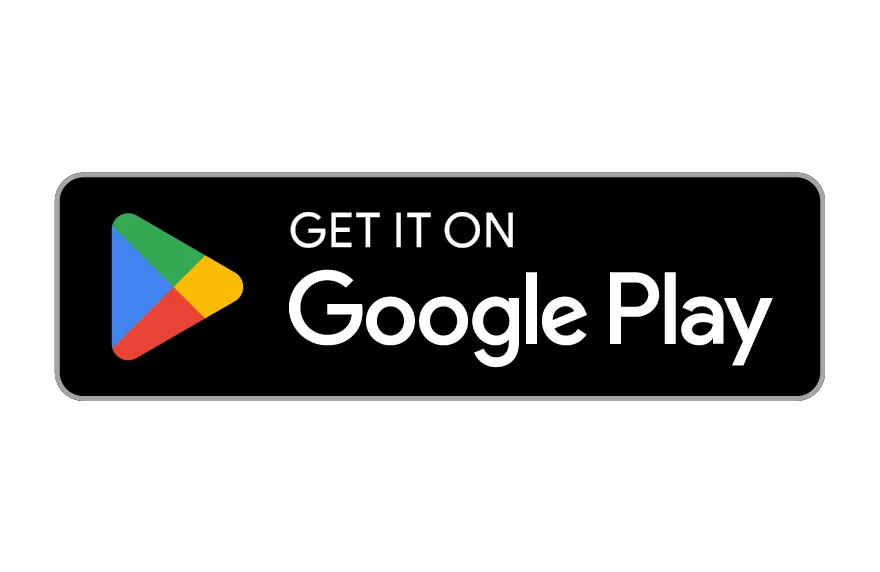🔥 The Ancient Art of Charcoal Tooth Cleaning: A Practice Revisited by Modern Science
Long before commercial toothpaste tubes lined supermarket shelves, people across ancient civilizations relied on a natural black powder to maintain oral hygiene—charcoal. Found in Ayurvedic traditions, ancient Egyptian texts, Greek medical writings, and African oral care customs, charcoal-based tooth cleaning is one of humanity’s oldest dental health practices.
Once dismissed as primitive, this ancient technique is making a comeback, backed by modern dental science that confirms what our ancestors already knew: charcoal, when used correctly, is a powerful oral cleanser.
🏺 Historical Use Across Civilizations
- India (Ayurveda): Ancient Ayurvedic texts like the Charaka Samhita mention the use of “katu” (astringent and bitter herbs) and ash from medicinal plants or woods for oral cleansing. Charcoal derived from herbs such as babool or neem was commonly used.
- Egypt: The Ebers Papyrus (~1500 BCE) references a dental powder that included burnt wood and crushed eggshells, with charcoal as a key abrasive.
- Greece and Rome: Hippocrates and Roman scholars recommended powders made from burnt bones and wood—early forms of charcoal.
- Africa: In many parts of Sub-Saharan Africa, even today, people use “chewing sticks” dipped in wood ash or charcoal to clean their teeth naturally.
These practices were not just about hygiene—they were rituals of purification, often tied to spiritual beliefs about cleanliness of the body and soul.
🧬 The Science Behind Charcoal Tooth Cleaning
In recent years, interest in activated charcoal as a tooth-cleaning agent has surged. While modern charcoal toothpastes are more refined, the core mechanisms remain unchanged:
1. Adsorption of Toxins
- Unlike absorption, adsorption is a process where particles bind to a surface. Activated charcoal has a highly porous surface that binds:
- Toxins
- Plaque
- Stains from tannins (found in coffee, wine, etc.)
This helps remove surface-level discoloration and freshens breath.
2. Mild Abrasiveness
- The fine grit of charcoal can mechanically clean teeth, scraping off plaque and debris without the need for synthetic microbeads or harsh chemicals.
- When finely ground, it’s less abrasive than baking soda and safer on enamel when used occasionally.
3. Alkalizing Effect
- Wood ash and charcoal can help neutralize oral pH, reducing acidity caused by sugar and food.
- A balanced pH level is crucial for preventing tooth decay and gum disease.
4. Antibacterial and Antifungal Properties
- Some studies show that activated charcoal has a mild antimicrobial effect, which can inhibit the growth of oral pathogens like Streptococcus mutans, the primary bacterium behind cavities.
🦷 Traditional vs. Modern Use: What’s the Difference?
| Aspect | Traditional Use | Modern Use |
|---|---|---|
| Source | Burnt plant twigs, wood ash, herbs | Activated carbon from coconut shells, bamboo |
| Form | Powder or ash | Toothpaste, tablets, powders |
| Frequency | Daily in many cultures | Recommended 1–2 times per week |
| Additional Practices | Often used with chewing sticks or oil pulling | Used with toothbrushes and rinses |
⚠️ Precautions from Modern Dentistry
- Charcoal should be ultrafine—coarse forms can damage enamel.
- Avoid overuse: excessive abrasion can wear down enamel and gums.
- It should not replace fluoride-based pastes, which help prevent decay.
- Look for ADA-accepted charcoal products where possible.
🧭 Ancient Wisdom with a Modern Twist
Charcoal tooth cleaning is a perfect example of how ancient, natural practices often stem from keen observation and trial, long before microscopes or dental degrees. When revisited with caution and scientific understanding, such traditions can offer safe, sustainable, and culturally rich alternatives to modern health care.
So the next time you see a trendy black toothpaste on the shelf, remember—it’s not new. It’s the revival of a smoky, time-honored ritual that once lit hearths and cleaned smiles across millennia.










